by James Scott Bell
@jamesscottbell
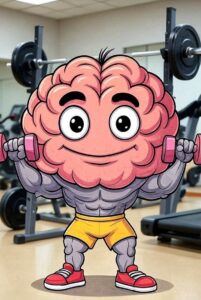 We all know that various tasks, assessments, creations, observations, and reactions trigger different parts of the brain. For example, the other day I was driving along on a busy, two-lane street near my home, enjoying the nice day and the classical music station on the radio, when a loud VROOM blasted next to me and instantly put me into “fight or flight” mode, as some idiot in a Mustang shot past all the cars by racing on the median strip, then darting back into traffic like he was playing a video game, then went out again to pull the same stunt. A bad accident waiting to happen, which is old news here in L.A.
We all know that various tasks, assessments, creations, observations, and reactions trigger different parts of the brain. For example, the other day I was driving along on a busy, two-lane street near my home, enjoying the nice day and the classical music station on the radio, when a loud VROOM blasted next to me and instantly put me into “fight or flight” mode, as some idiot in a Mustang shot past all the cars by racing on the median strip, then darting back into traffic like he was playing a video game, then went out again to pull the same stunt. A bad accident waiting to happen, which is old news here in L.A.
Anyway, when it comes to creation, we have a “team” consisting of the imagination group, the analytical staff, and the Boys in the Basement. They band together on our projects, and as we work in tandem with our good ol’ noodle (for you youngsters, noodle is old-school slang for head, which is derived from the 1500s word noddle—which in Old English meant head resting on a neck—and some smart aleck in the 1700s who added the “oo” sound from fool. I also could have chosen nut, noggin, or dome. Take note, as there will be a quiz on this later) we exercise our brains, which is essential for our overall health.
Which is why handing off all creative effort to AI is like preparing for a long distance race by eating Twinkies. The long term effect is horrible, especially in young brains that are still developing. Yes, AI can be an aid in some situations, but there should be a flashing Approach With Caution sign at every turn.
Now, there are different kinds of writing that work out the various parts of the gray matter— fiction, essays, poetry, jingles, marketing copy, letters (remember letters? That you write in your own hand and put in an envelope? That took some care, unlike the emails we send every day and the texts we fire off like so much digital buckshot) and anything else that requires a modicum of thought.
I consider myself a writer. I write. That’s all I ever wanted to do. I specialize in that form of fiction called the thriller. It’s my bread and butter—in fact, it butters my bread—and it is my primary focus. But when I engage in another type of writing I find that my overall creative muscle is improved, and I feel that when I go back to fiction.
That’s why I started a Substack. It’s my foray into a type of nonfiction I call “Whimsical Wanderings.” These are free-range essays without fences. I spend part of my early mornings playing in this part of my brain, and bring order to it later. Ray Bradbury once said of his own writing, “Every morning I jump out of bed and step on a landmine. The landmine is me. After the explosion, I spend the rest of the day putting the pieces together.” I can relate.
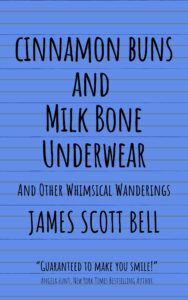 And now, gentle reader, I am happy to solve a problem for you. With the holiday season upon us, some of you may be scratching your head about what to get for that certain someone you find it so hard to get things for. What gift is suitable, surprising, fun, and relatively cheap? Now you have it. The best of Whimsical Wanderings is contained in the collection Cinnamon Buns and Milk Bone Underwear, the print version of which is available for purchase at the special intro price of $9.99 (that’s the lowest price Amazon will allow for this book. In a week it’ll go to $15.99, at which time I’ll start announcing it to the world at large, including Albania). You may get it here. There’s also the ebook version at the low end of $2.99, here. If I may offer a blurb:
And now, gentle reader, I am happy to solve a problem for you. With the holiday season upon us, some of you may be scratching your head about what to get for that certain someone you find it so hard to get things for. What gift is suitable, surprising, fun, and relatively cheap? Now you have it. The best of Whimsical Wanderings is contained in the collection Cinnamon Buns and Milk Bone Underwear, the print version of which is available for purchase at the special intro price of $9.99 (that’s the lowest price Amazon will allow for this book. In a week it’ll go to $15.99, at which time I’ll start announcing it to the world at large, including Albania). You may get it here. There’s also the ebook version at the low end of $2.99, here. If I may offer a blurb:
Every time one of James Scott Bell’s Whimsical Wanderings arrives in my email box, I smile, even before I open it. Each post takes me down a path I am not expecting but am so glad for the journey by the time I reach the end. If you want to lift your spirits while being surprised by how one thought can lead to another, treat yourself to this book! — Robin Lee Hatcher, Christy Award winning author of The British Are Coming series
End of commercial. I’ll leave you with this from Malcolm Bradbury, in Unseen Letters: Irreverent Notes From a Literary Life:
I write everything. I write novels and short stories and plays and playlets, interspersed with novellas and two-hander sketches. I write histories and biographies and introductions to the difficulties of modern science and cook books and books about the Loch Ness monster and travel books, mostly about East Grinstead….I write children’s books and school textbooks and works of abstruse philosophy…and scholarly articles on the Etruscans and works of sociology and anthropology. I write articles for the women’s page and send in stories about the most unforgettable characters I have ever met to Reader’s Digest….I write romantic novels under a female pseudonym and detective stories…I write traffic signs and “this side up” instructions for cardboard boxes. I believe I am really a writer.
Do you do any writing other than fiction? Have you tried morning pages? How do you exercise your cranial creative capacity?



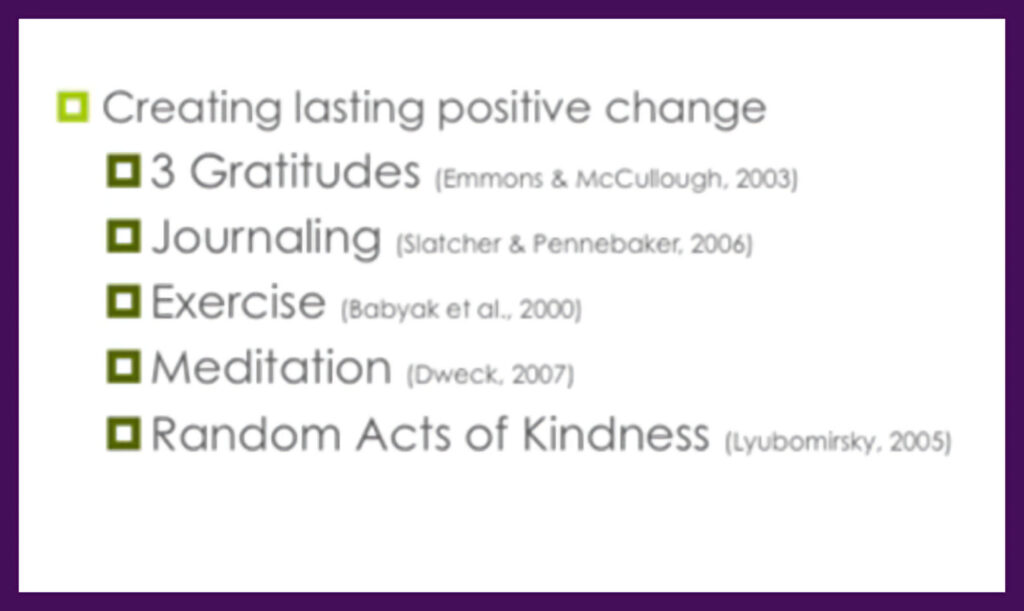
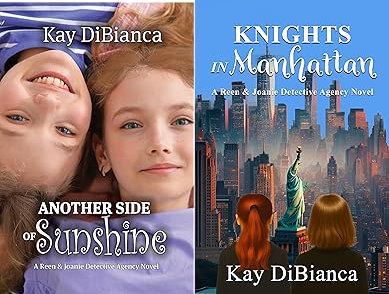




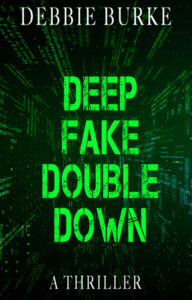



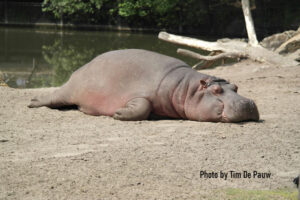
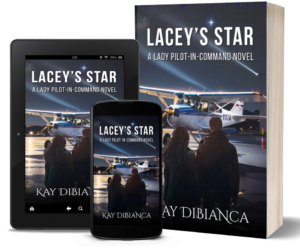 Private pilot Cassie Deakin lands in the middle of a nightmare when she finds her beloved Uncle Charlie has been assaulted by thieves. Then things get worse.
Private pilot Cassie Deakin lands in the middle of a nightmare when she finds her beloved Uncle Charlie has been assaulted by thieves. Then things get worse. In his early years as a writer, Ray Bradbury made lists of nouns based on childhood memories. Things like: The Lake, The Night, The Crickets, The Ravine.
In his early years as a writer, Ray Bradbury made lists of nouns based on childhood memories. Things like: The Lake, The Night, The Crickets, The Ravine.